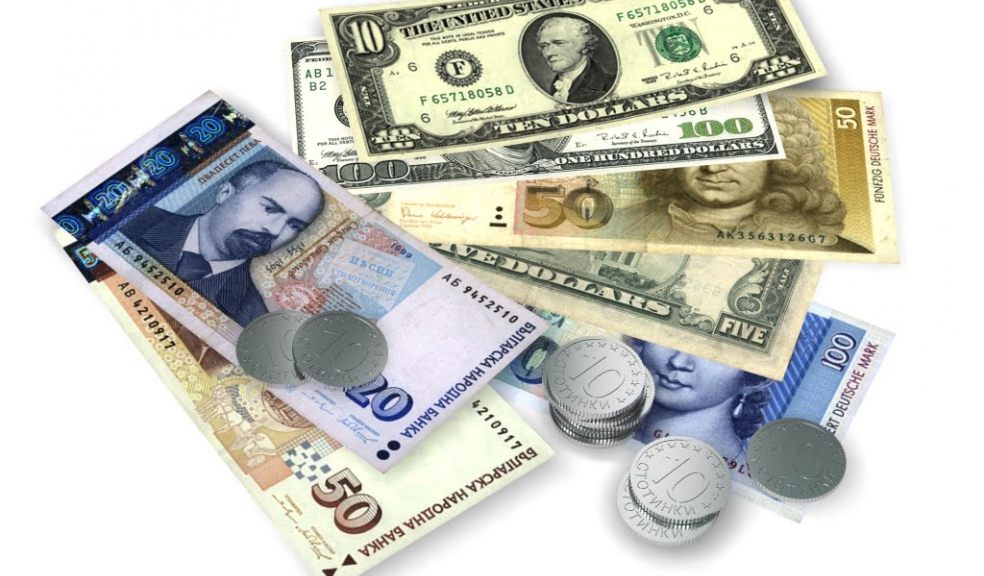
Commercial Foreign Exchange Market - Currently Booming
In a 2006 piece by the Sunday Times, it was estimated 14% of the money transfers in the UK are handled via designated foreign exchange companies. It’s virtually impossible to verify current usage figures without having access to resources like the Sunday Times has, but it is safe to assume the number is much greater than that.
To prove our point, we can have a look at the revenue of the largest (public) money exchange companies in the world, where there seems to be continuous trend of growth for the past 10 years. There are nowadays more ways to access traditional service providers like Xoom, Western Union, Ria Money Transfer, and MoneyGram which are, of course, the online payment platforms all of these companies offer, as well as more branches spread across more regions. There are 48,000 different Western Union locations (agents or branches), while there are only 6,000 Wells Fargo branches in the USA (being the largest bank there).
When we look into companies that are more UK-oriented, World First could serve as perfect example for us to prove our point. In 2006, World First was only starting up (2 years in the business, 20 employees), and today they have 300 employees worldwide, over 8 worldwide offices, transferring several Billions per year. The story is identical with other Foreign Exchange giants in the UK. HiFX claims to have transferred a staggering £135 bn from 2001 until today, and Currencies Direct transacts £2.5 bn annually. A large portion of these transfers are from or out of the UK (and with most companies it’s the largest portion by far, and this is why these companies’ HQ are in the UK).
These companies also handle other geographic regions- Websites like http://internationalmoneytransfers.org can assist with matching between potential clients and companies operating in their area.
Another type of companies which virtually didn’t exist in 2006 are online money transfer platform. Companies like Transferwise, CurrencyFair, Azimo and World Remit. They are different from eWallets like Paypal or Skrill (which was called MoneyBookers back in 2006), and have been receiving major traction over the course of the past 5 years.
They have quite a similar concept to Foreign Exchange firms, but they aim at a slightly different audience. While Foreign Exchange firms like World First offer dedicated currency dealer assistance via telephone to clients transferring large quantities, and are able to narrow their margins in accordance to the volume of trade, providing a more “tailored” solution to the client’s needs, companies like Transferwise don’t.
Instead of dedicated dealers and phone calls, they apply to younger audience which prefers to do everything, top-to-bottom, online. When they remove the overheads associated with keeping a large dedicated staff, and focus on technology, they are able to offer slightly narrower margins for smaller transfers. That means remittances are likely to incur cheaper costs with companies like Azimo, than it would with traditional FX firms (which often have minimum transfer limit set in the thousands of Pounds anyway). On the other hand for business FX it might be better to approach a reliable partner like Moneycorp which can set up a unique FX strategy based on your requirements.
In any case, it appears all segments of non-bank Foreign Exchange are growing. The fact there’s more competition around doesn’t seem to interfere any of them companies.
Do investors think so too? According to recent acquisitions and investments, it most certainly seems like it. Paypal just acquired Xoom for $890m. HiFX was bought by Ria for £145m in 2014. Currencies Direct acquired by Corsair and Palamon in £200m deal just one month ago. Transferwise raised $58m on its last investment round, reflecting a value of almost $1 bn for the company. World Remit has raised $100m on its latest investment round. Azimo has raised $20m in its latest investment round.

















